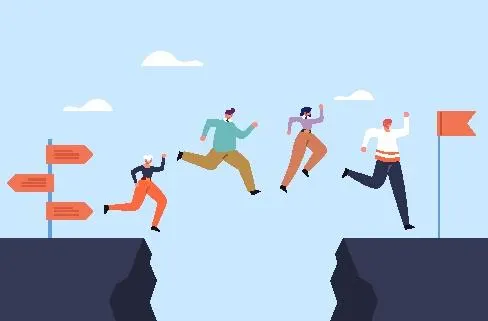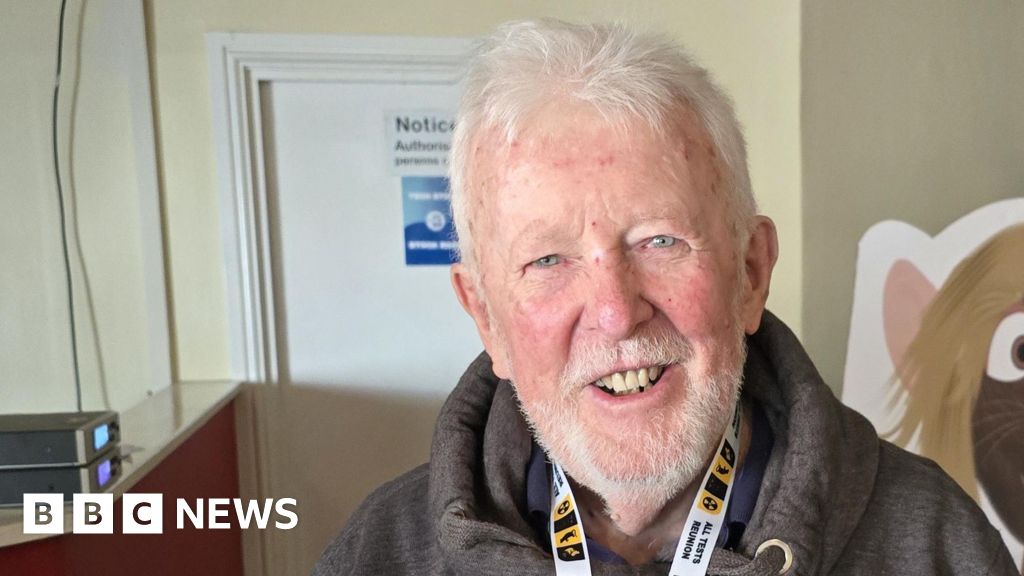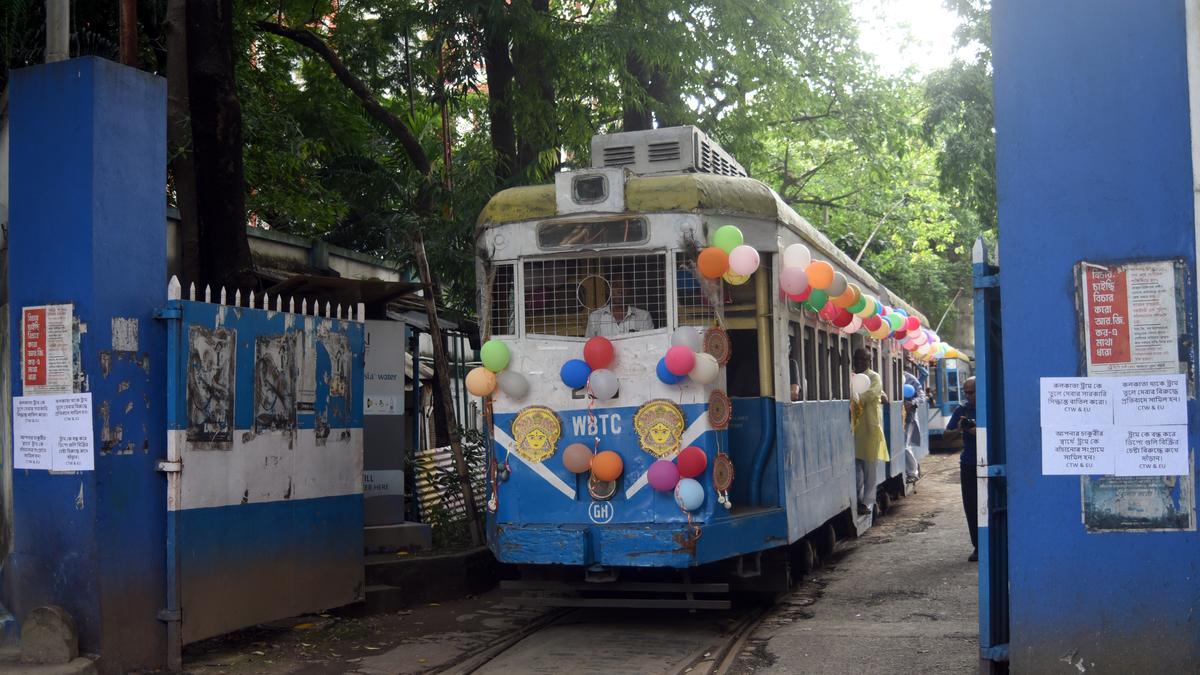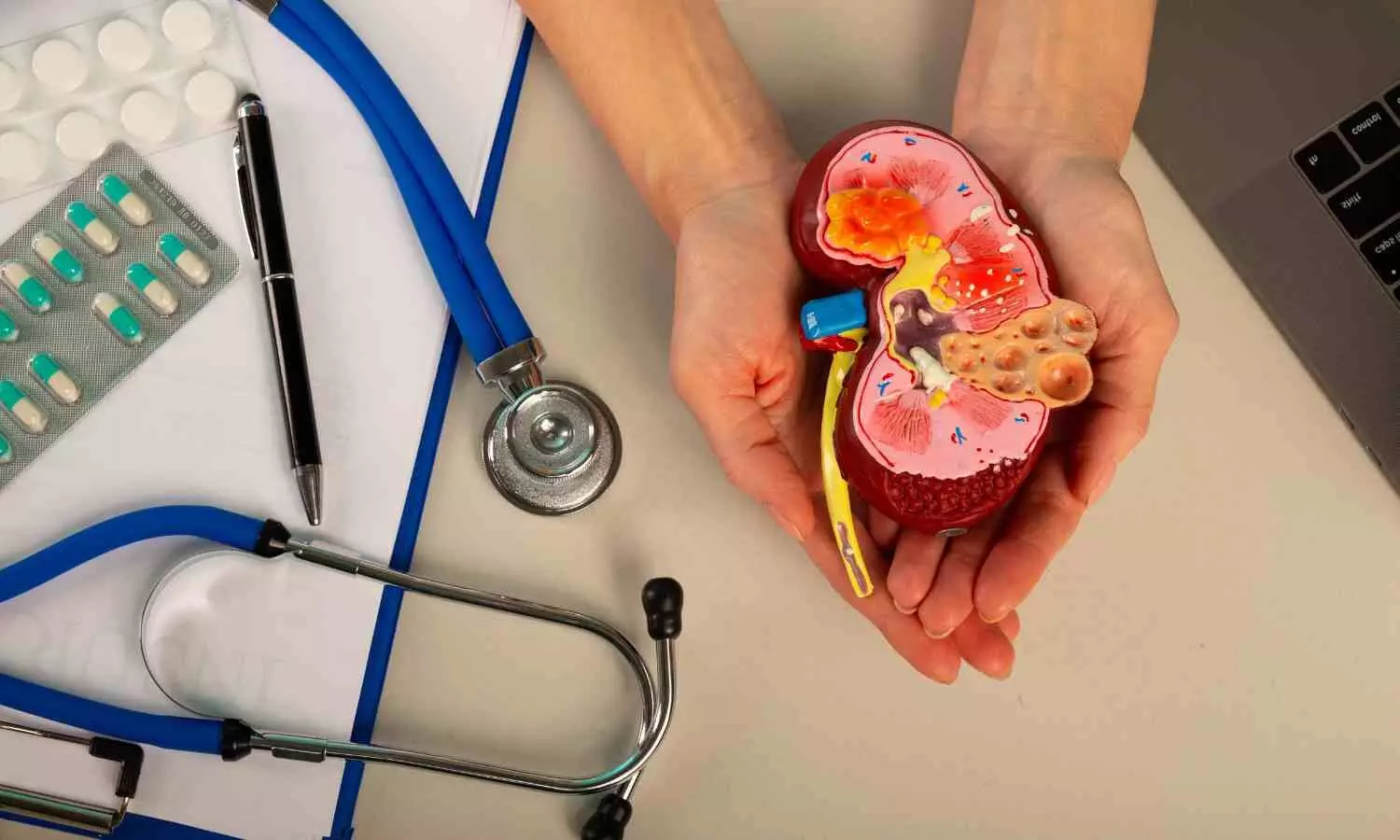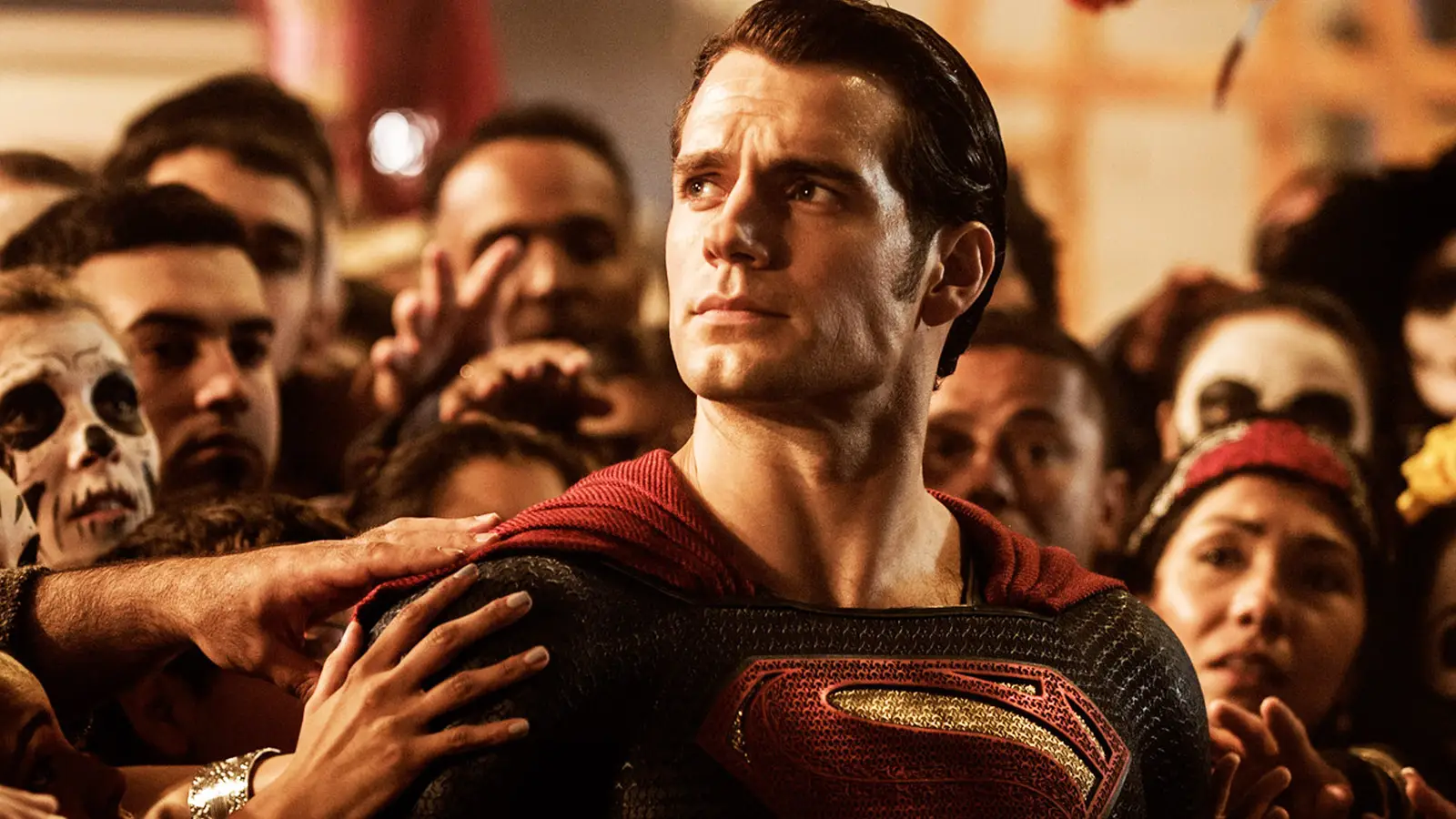
It’s not easy to create a great movie character, but it’s even harder to ensure they stay great over the course of several sequels. Not all film series are able to pull this off, as many once-promising characters are reduced to their bare essentials and become increasingly Flanderized as franchises continue.
This is an unfortunately common occurrence across all kinds of different movie genres, as action heroes, comedy stars, and even superheroes struggle to maintain their unique identity in sequel after sequel. In other cases, characters are ruined off-screen, as poor creative decisions mean they are not utilized properly, leaving audiences disappointed at how their story panned out.
Henry Cavill’s Superman
Henry Cavill had his work cut out for him when it came to living up to Christopher Reeve’s iconic performance as Superman. However, Man of Steel felt like an exciting new chapter for Clark Kent, and it kick-started the DC Extended Universe in a way that felt like Warner Bros. may at last have something on their hands that could rival the MCU.
Despite Cavill having the good looks needed to play Superman, the sequels just didn’t give him enough to work with, and his portrayal felt like one missed opportunity after another. Whether it was the clumsy way Batman v Superman reduced the conflict to their mother’s shared name, Martha, or Cavill’s CGI-ed mustache removal in Justice League, Cavill’s tenure was squandered.
Hicks & Newt
Hicks and Newt were two roles in James Cameron’s Aliens whose deaths felt like a slap in the face to fans of this iconic sci-fi series. As two incredibly vital characters, the way they were unceremoniously killed off-screen at the beginning of Alien 3 was a disappointing and wasteful creative decision that undid much of the emotional impact and stakes of their original survival.
While Sigourney Weaver’s Ellen Ripley was the focal point for the first four Alien movies, the deaths of Hicks and Newt were a prime example of how this franchise has continually sidelined its supporting characters. These two deserved better, and it’s a shame Alien 3 didn’t opt to keep them alive and maintain Ripley’s connection to the previous films.
Neo
As a film released just at the dawn of a new millennium, The Matrix was an era-defining film that delivered one of cinema’s most impactful heroes through Keanu Reeves’ Neo. As the Chosen One destined to save humanity from the machines and break us free of simulated reality prison, Neo’s epic quest saw him sacrifice himself for the good of mankind in The Matrix Revolutions.
However, the story didn’t end there, as the legacy sequel The Matrix Resurrections brought Neo back while nerfing his entire personality and stripping him of much of what made him a compelling hero to begin with. With Neo back as a games developer who thinks his name is Thomas Anderson, this was not the hero audiences had come to love.
John Rambo
While Sylvester Stallone will always be associated with the underdog boxer Rocky Balboa, in the 1980s, he became yet another cinematic icon when he played the troubled Vietnam War veteran John Rambo in First Blood. As a thoughtful exploration of trauma and the societal neglect faced by returning soldiers, this was a powerful character study with real political relevance.
The problem begins with First Blood: Part II, which stands in stark contrast to these themes, as, rather than addressing his issues in therapy, Rambo returns to Vietnam to free prisoners of war. Things only got worse from here as subsequent sequels reduced his character to a killing machine, and all nuance around his mental health troubles was lost.
Hannibal Lecter
Anthony Hopkins delivered a career-defining performance as Dr. Hannibal Lecter in The Silence of the Lambs. This chilling depiction of a charming, cannibalistic serial killer was so powerful that the actor took home the Academy Award for Best Actor despite only appearing onscreen for around 16 minutes. With such a memorable performance, it’s no surprise Hopkins reprised the role.
While audiences thought they wanted to see more from Hopkins’ Hannibal Lecter, the truth was that less is more when it came to this portrayal, and more screentime didn’t translate to more impact. The Ridley Scott sequel, Hannibal, couldn’t live up to its predecessor, and the prequel movie Red Dragon was also a letdown.
Captain Jack Sparrow
It seemed Johnny Depp had found the role he was born to play when he gained the part of Captain Jack Sparrow in Pirates of the Caribbean: The Curse of the Black Pearl. As a character that combined the over-the-top antics of classic cartoons with the rock star persona of Keith Richards, Captain Jack was a thrill to watch onscreen.
Sadly, the popularity of Jack Sparrow was also part of his downfall, as he became increasingly Flanderized as the film series went on. What began as a quirky and unpredictable performance later became a caricature, and Sparrow’s drunken ramblings were less charming and grew tiresome.
Steve Stifler
The American Pie series had plenty of memorable characters, whether that was the self-professed ladies’ man, the Shermaniator, or Jim’s hilarious dad, Mr. Levenstein. However, it was the notorious party boy Steve Stifler who stood out among the cast as Seann William Scott delivered an unforgettable performance that would go down in teen movie history.
Stifler was a fan favorite from the American Pie series, but the sequels exaggerated his crudeness to the point that it ruined the character. While Stifler once stood as an unpredictable wildcard, over the course of American Pie 2, American Wedding, and American Reunion, he was reduced to a one-note character.
Jason Voorhees
As the boy who was believed to have drowned at Camp Crystal Lake in Friday the 13th, Jason Voorhees was revived as the series’ main antagonist in Friday the 13th Part 2, where he sought revenge for the death of his mother. With his trademark hockey mask and machete, Jason was an iconic horror movie villain whose impact was lessened by each subsequent sequel.
The Friday the 13th series never cared much for continuity, and Jason’s character was changed and reshaped several times over. By the sixth installment, Jason Lives, he had turned into a supernatural being, and in later movies, he was seen pursuing victims in Hell and even space. Without much consistency, Jason devolved into a caricature of himself.
Luke Skywalker
As the hero of the original Star Wars series, Luke Skywalker’s uncompromising optimism made him a beacon of hope for the Rebellion as he grew from a humble farm boy into a Jedi Master. However, the long-awaited sequel series undid much of this characterization by reintroducing Luke as an embittered recluse who rejected the Force.
While Luke’s backstory stated his Jedi school ended in disaster, and this caused him to lose faith in his purpose, Star Wars fans couldn’t help but feel that this was totally out of character. Even Mark Hamill took issue with the changes to his character and said he disagreed with writer and director Rian Johnson (via CBR) on certain decisions.
John McClane
Bruce Willis revolutionized the action genre with 1988’s Die Hard, introducing John McClane as an everyman hero who relied on wit and grit to survive a claustrophobic single-location siege. Willis’s grounded and realistic portrayal stood in sharp contrast to the musclebound heroes like Stallone and Schwarzenegger who had dominated action cinema earlier in the decade.
Die Hard paved the way for a new kind of action hero in the ’90s, but its sequels soon forgot what made the original special. By the time A Good Day to Die Hard was released in 2013, McClane had lost his everyman charm and transformed into a near-superhero battling global catastrophes instead of relatable threats.
